Il DEMONE SULLE SPALLE - Andrea Barzaghi
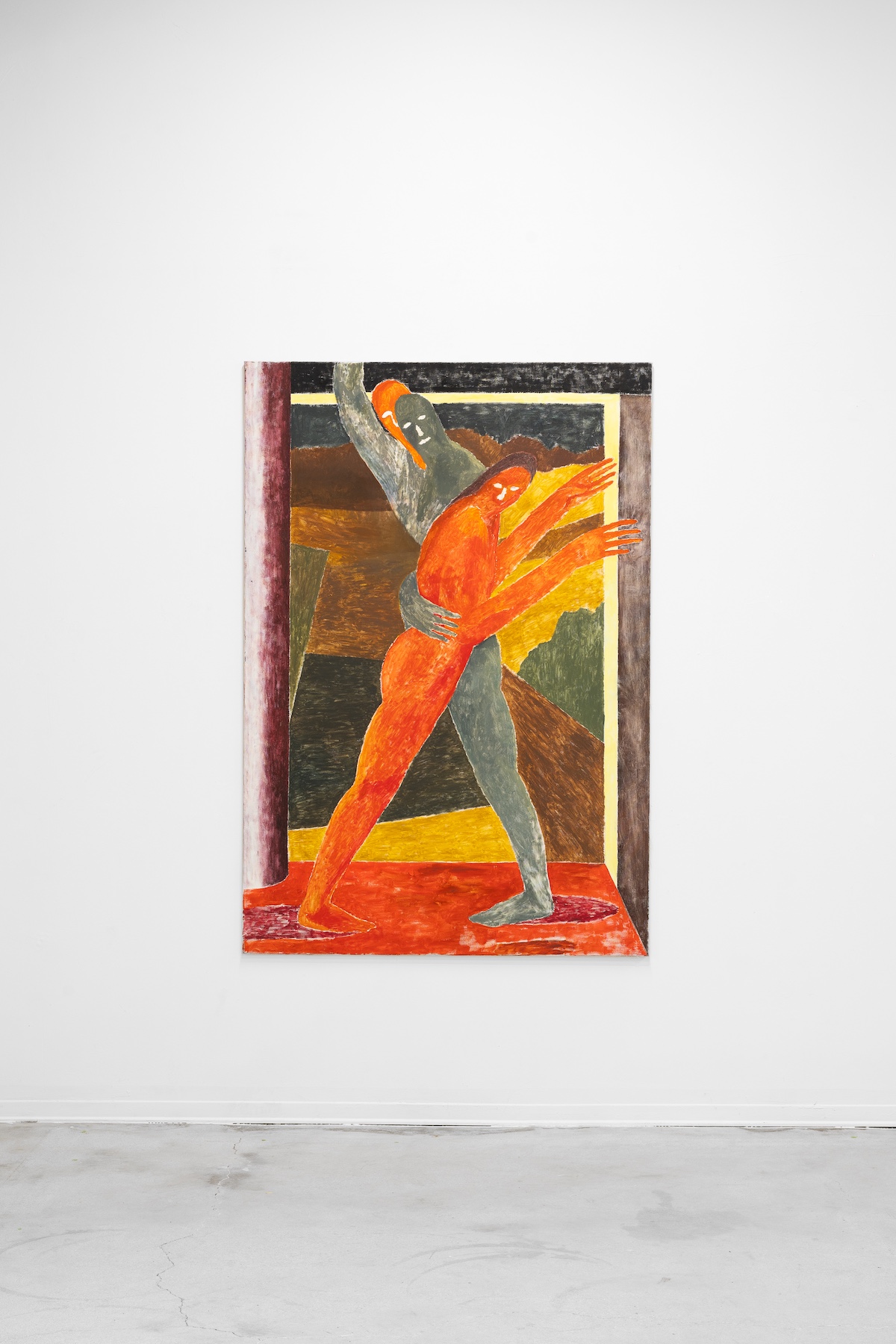
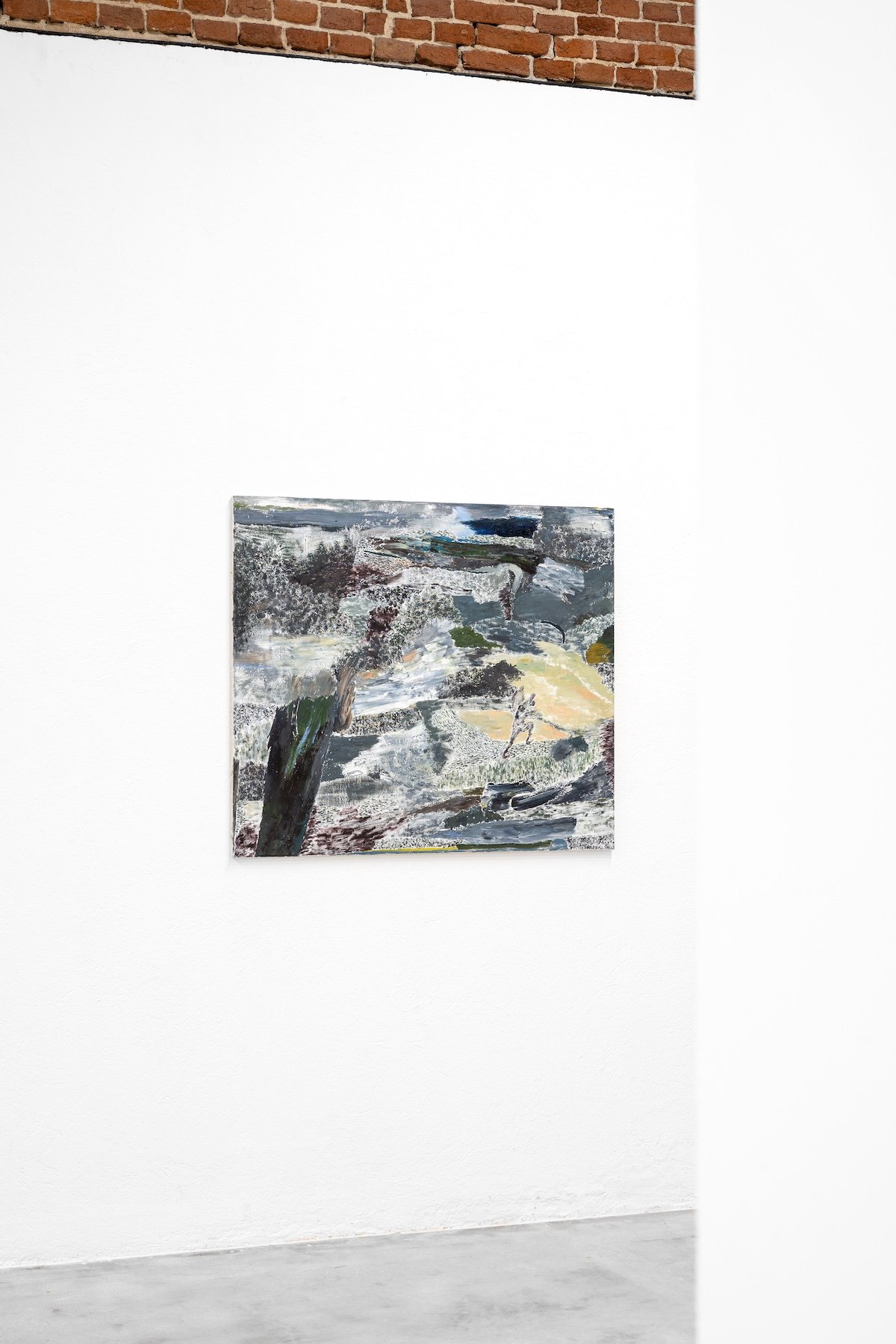
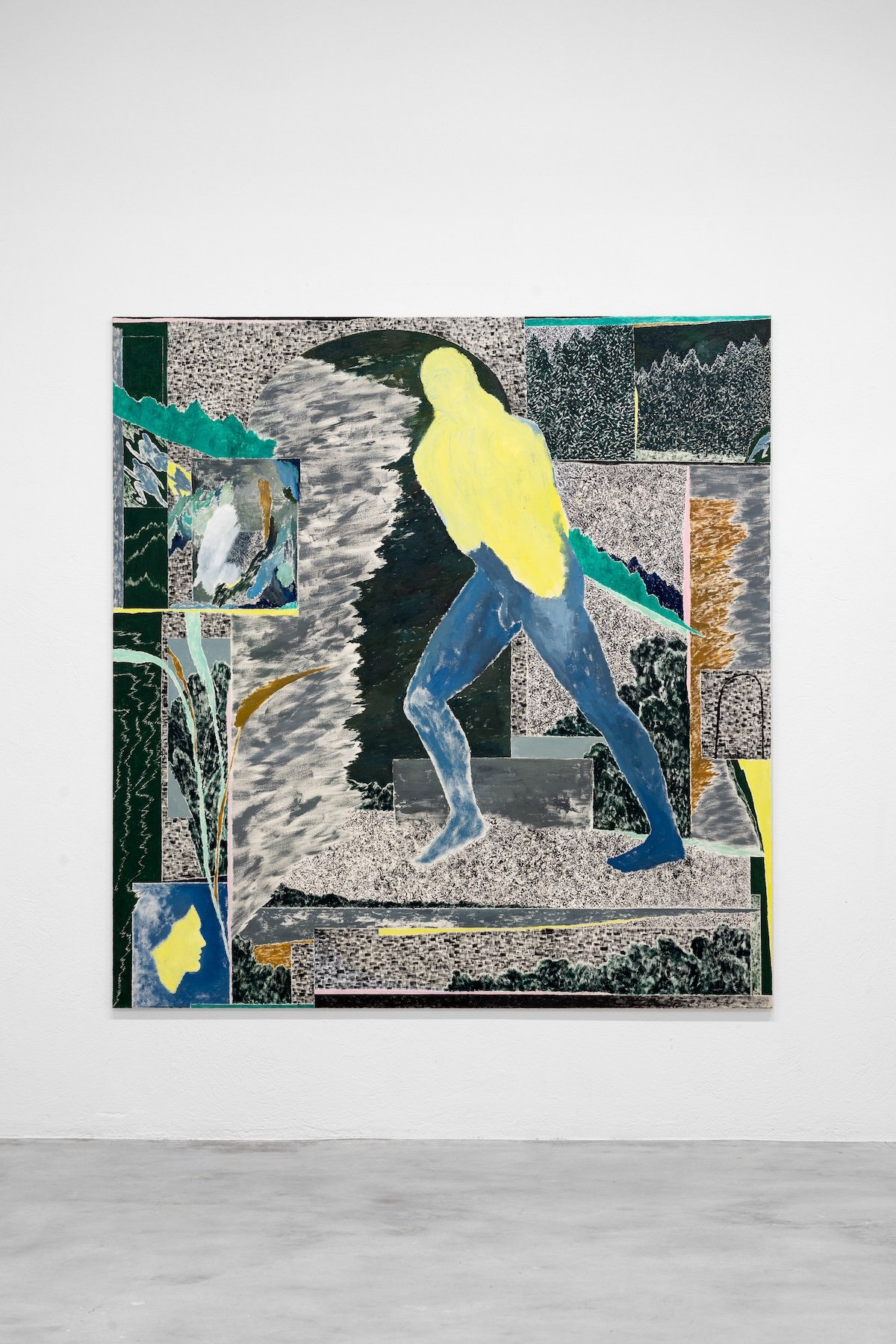
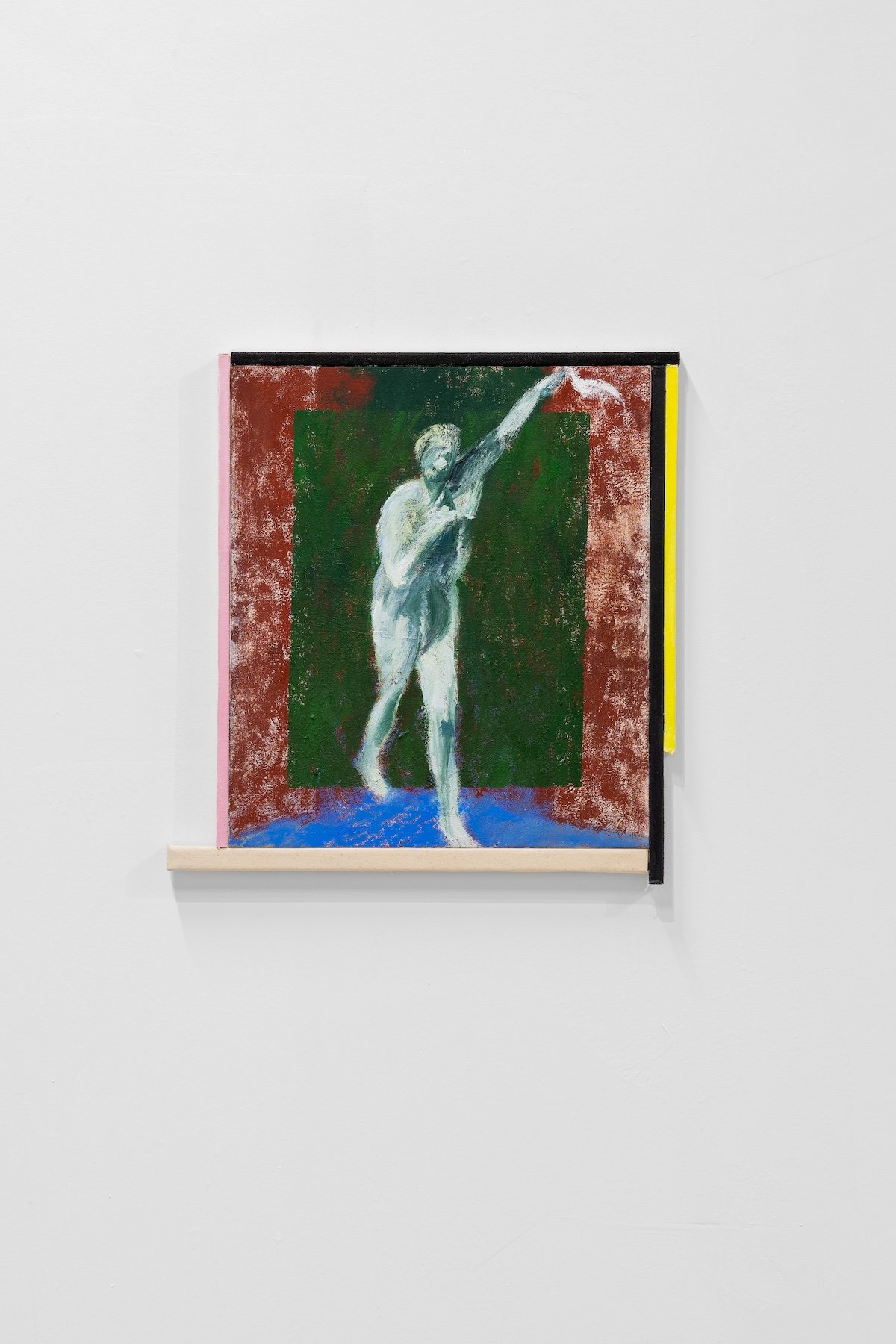
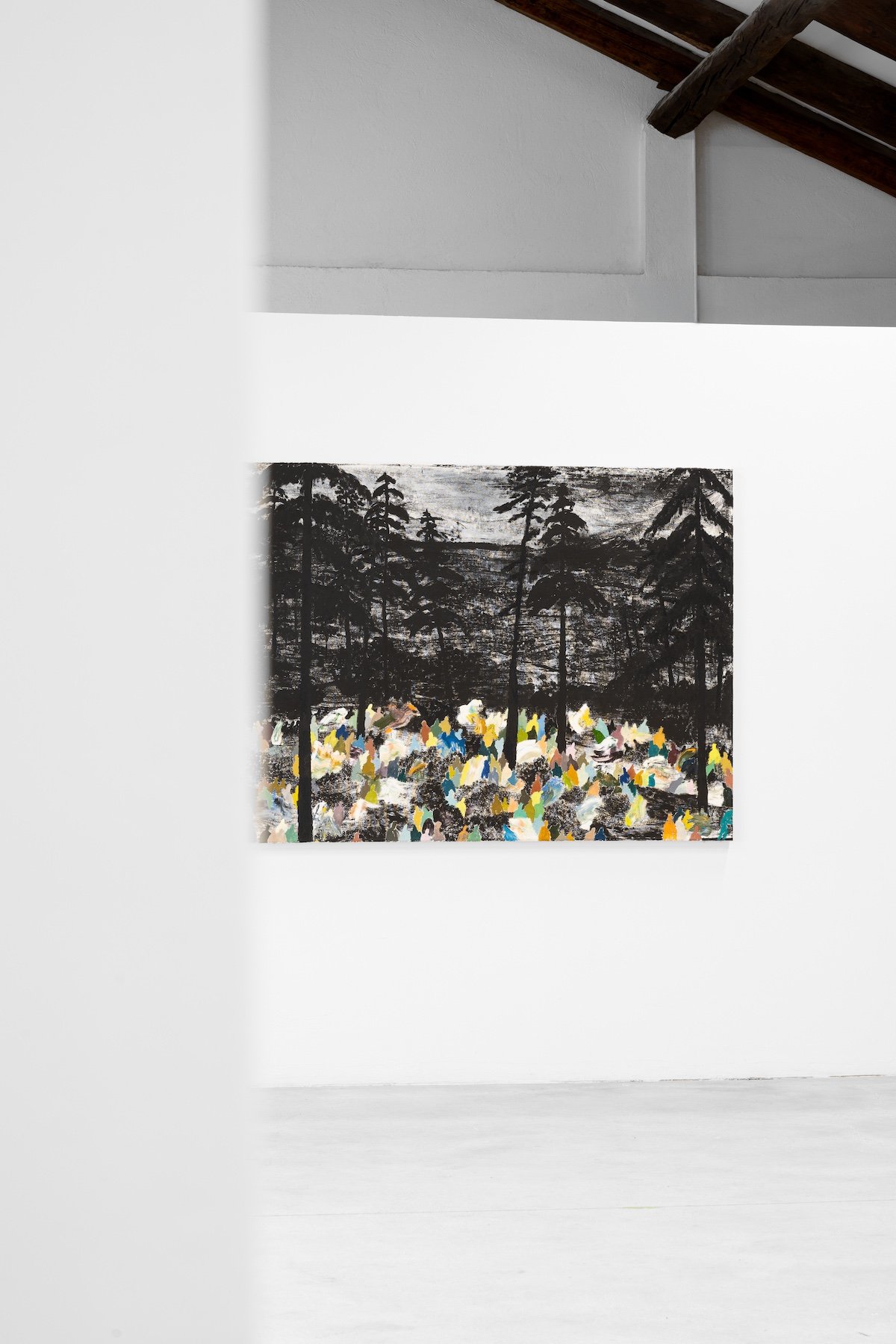
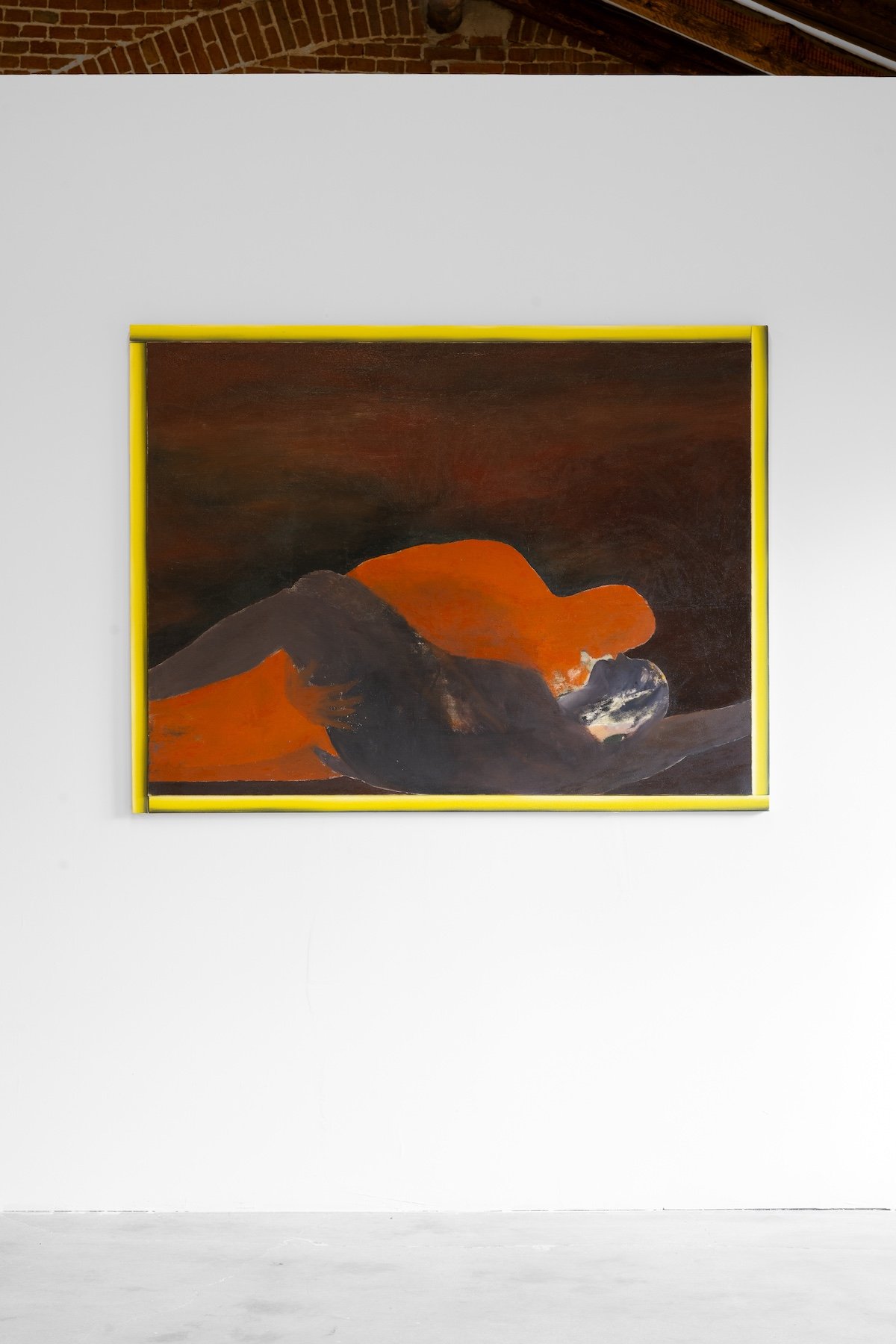
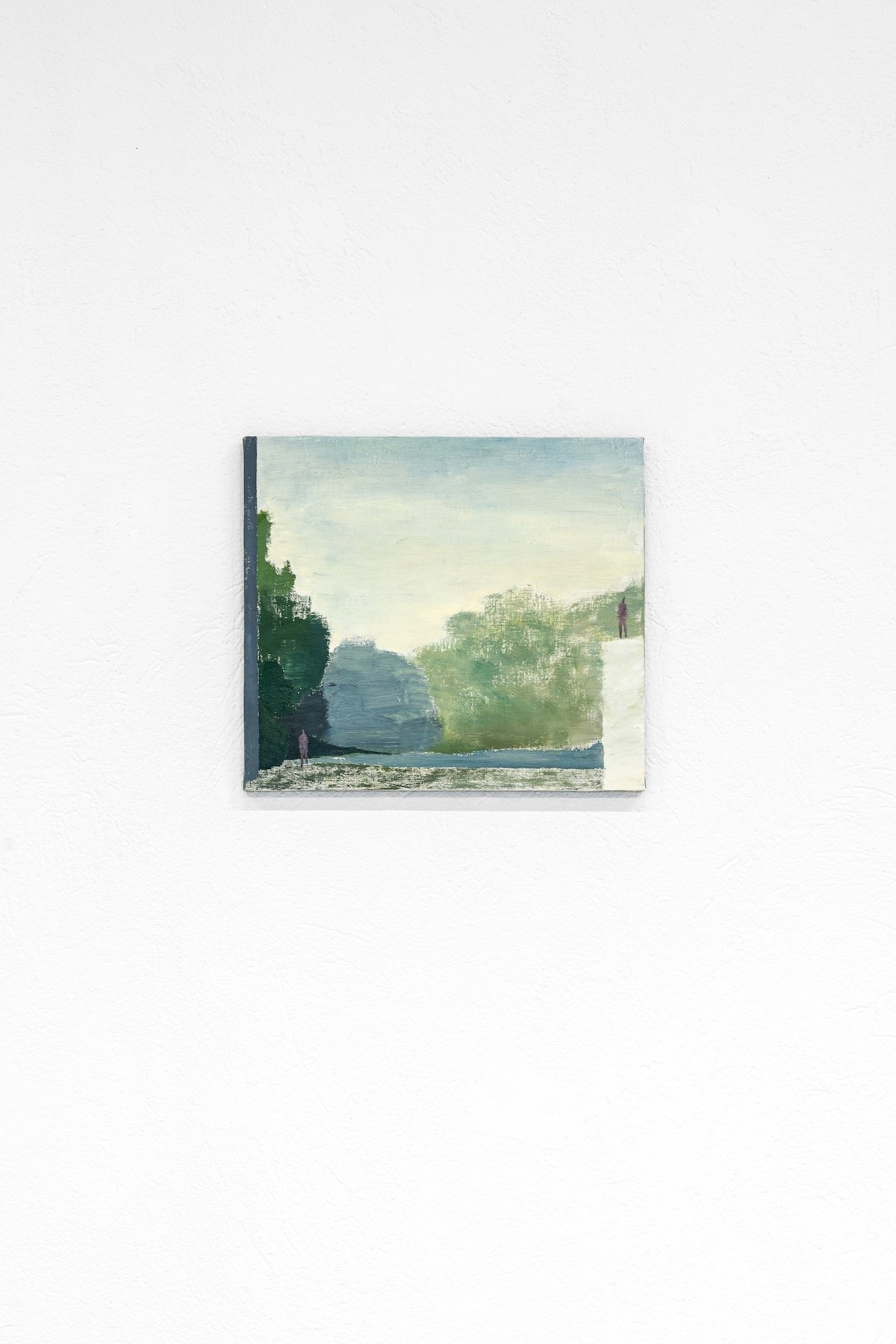
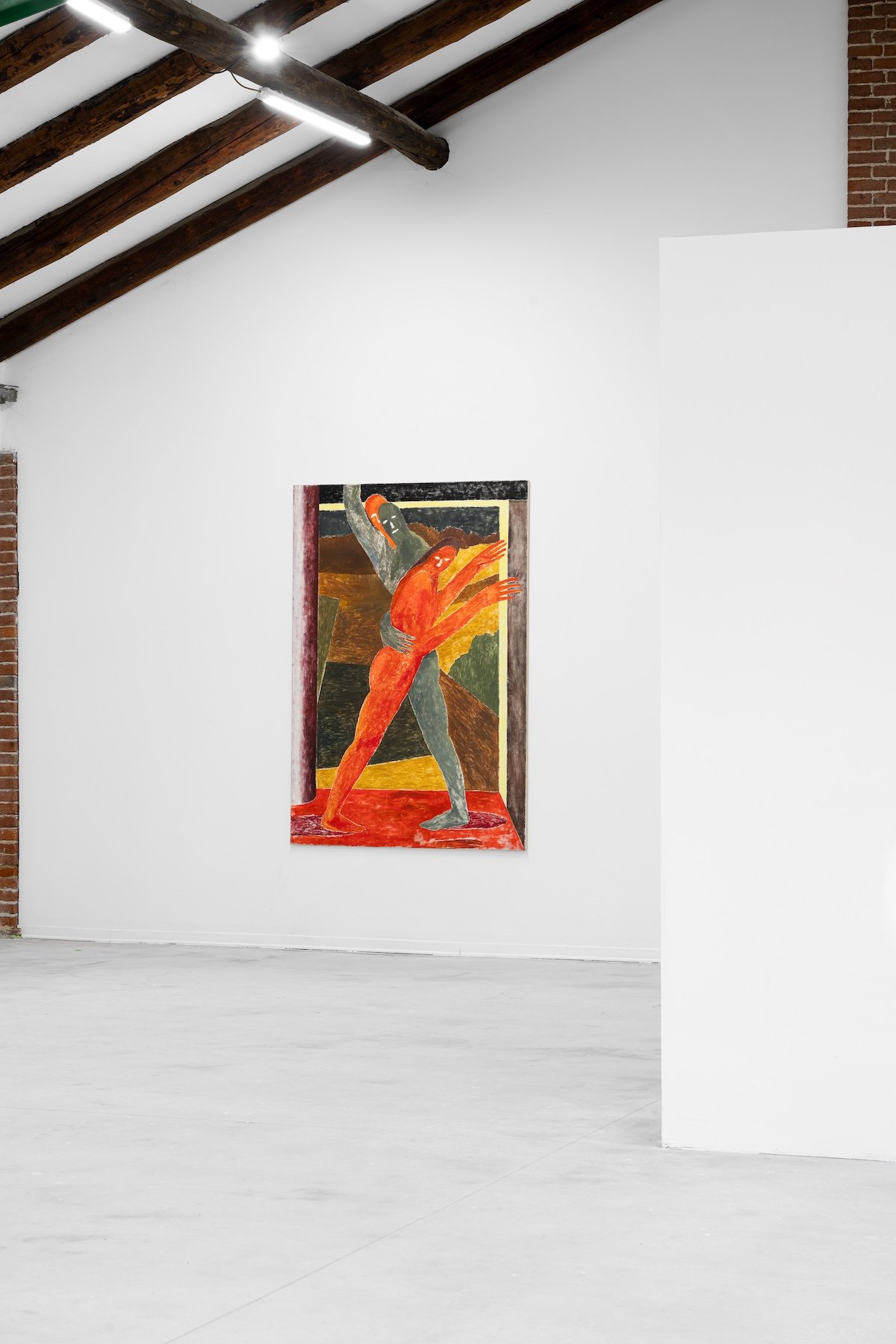
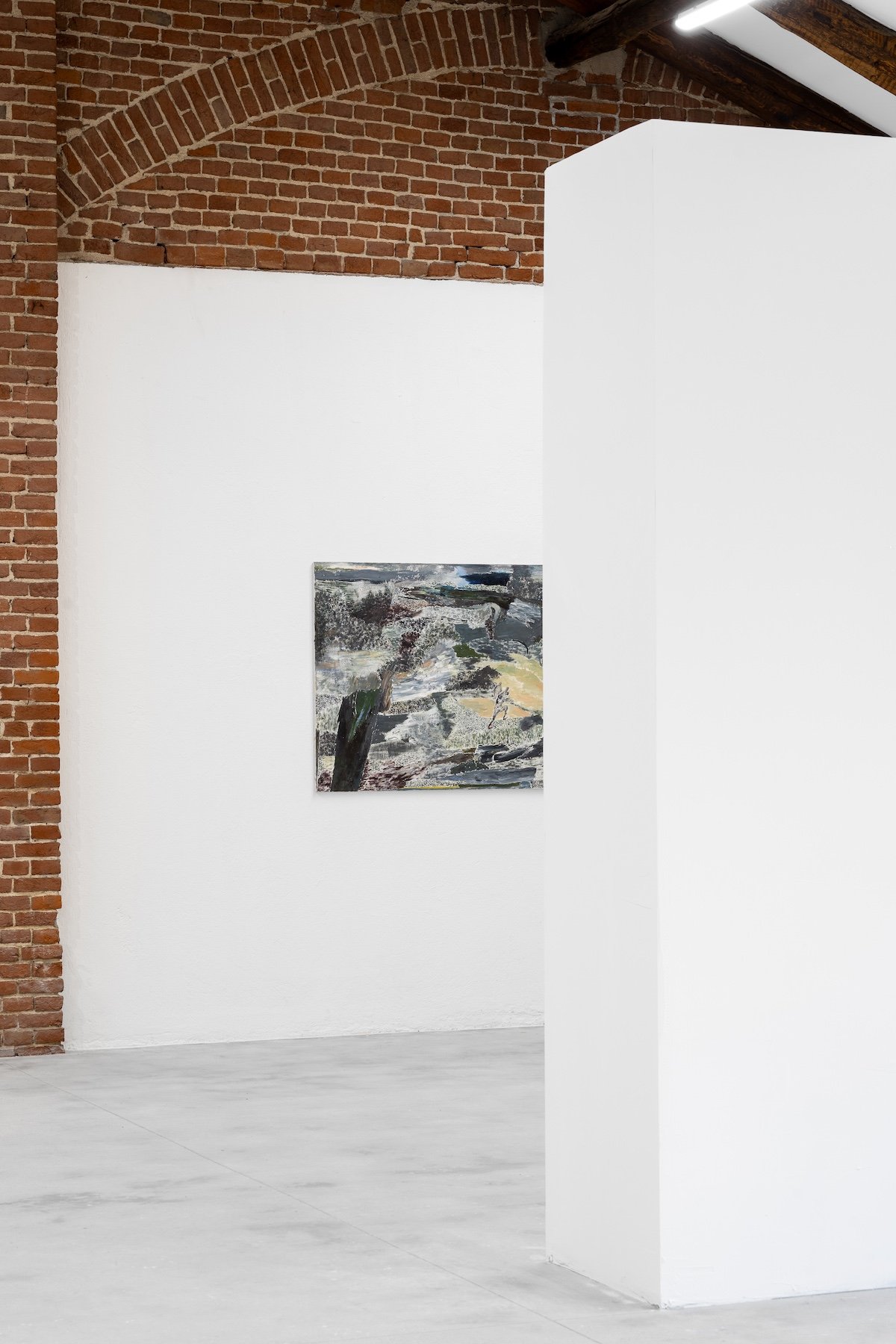
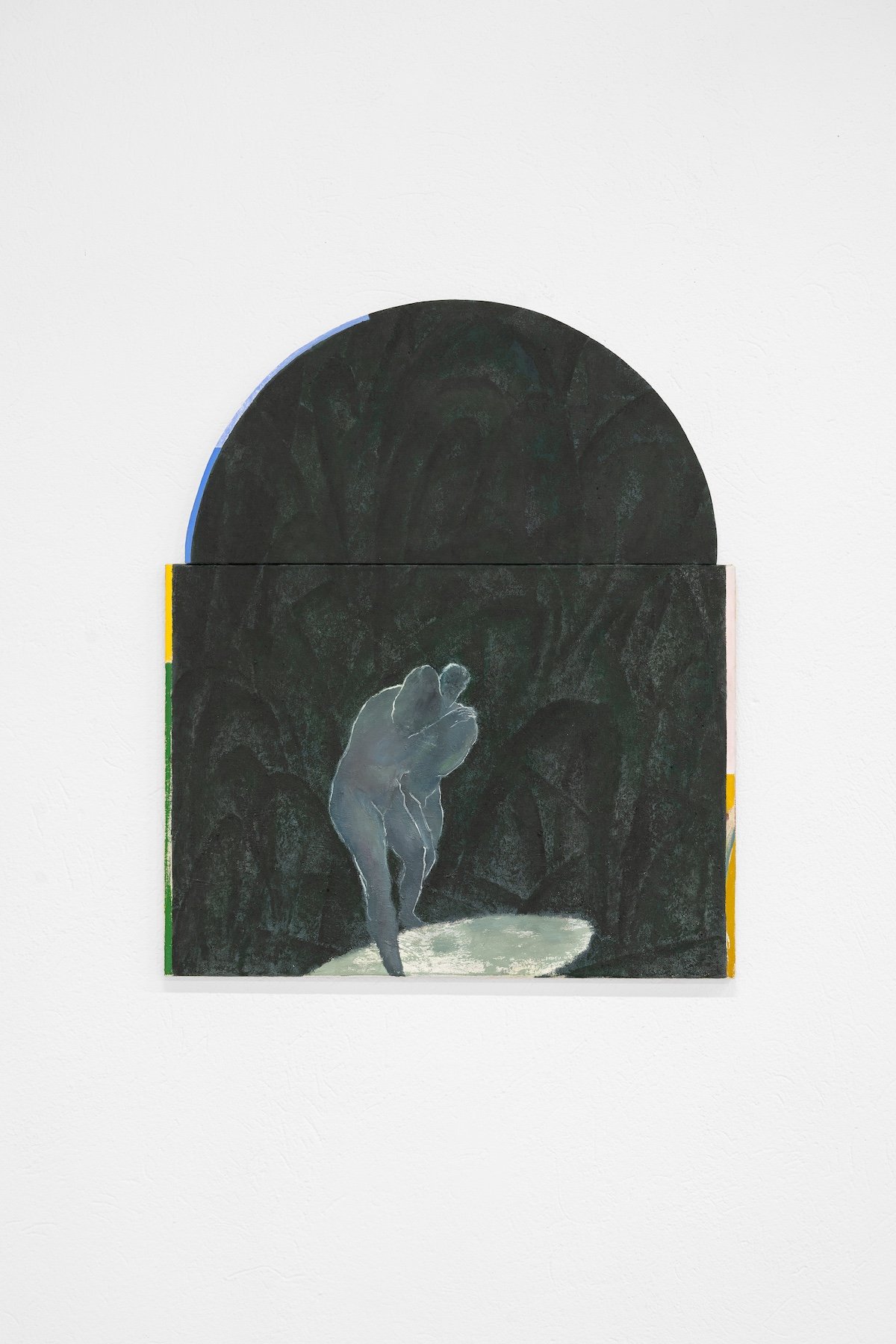
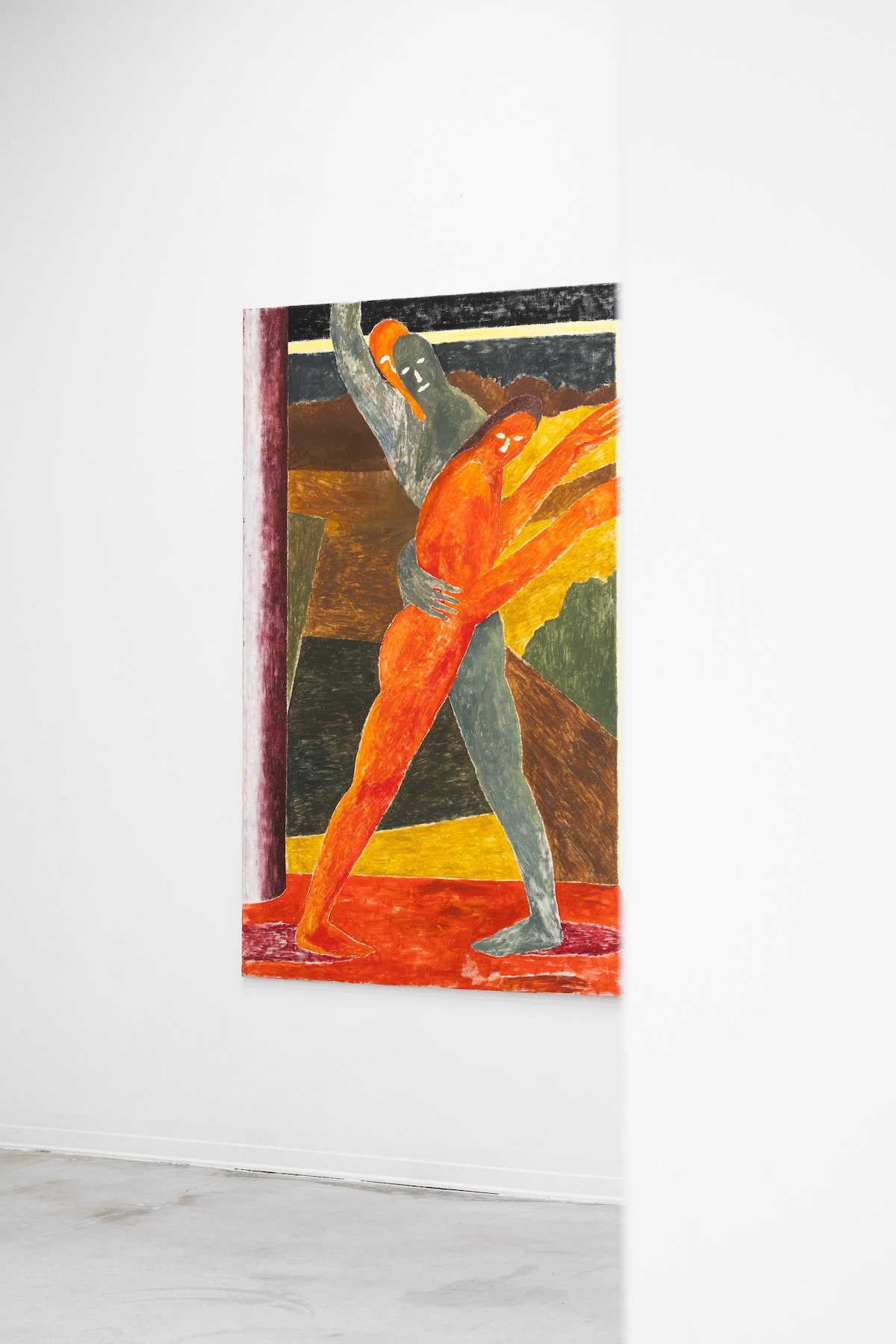
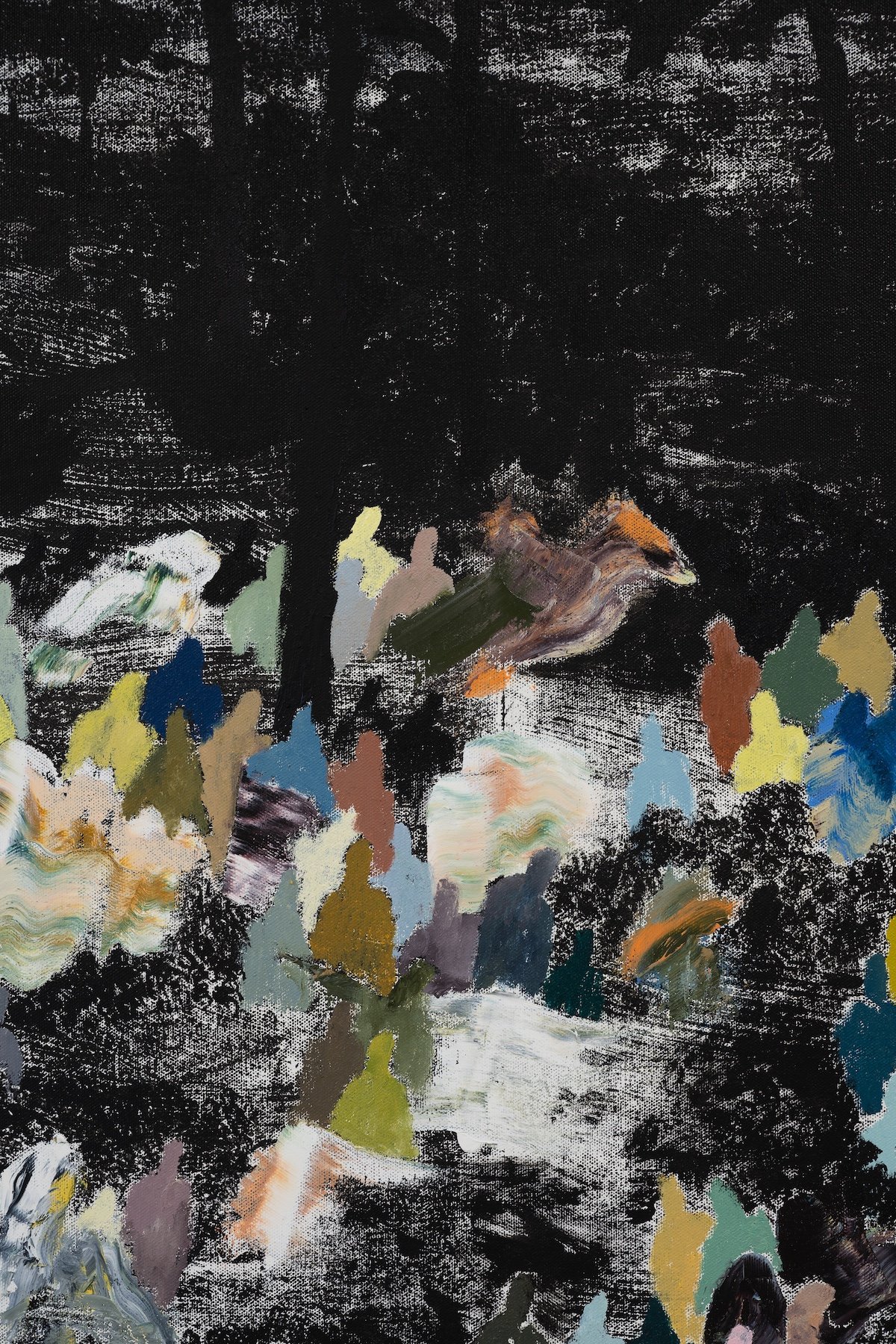
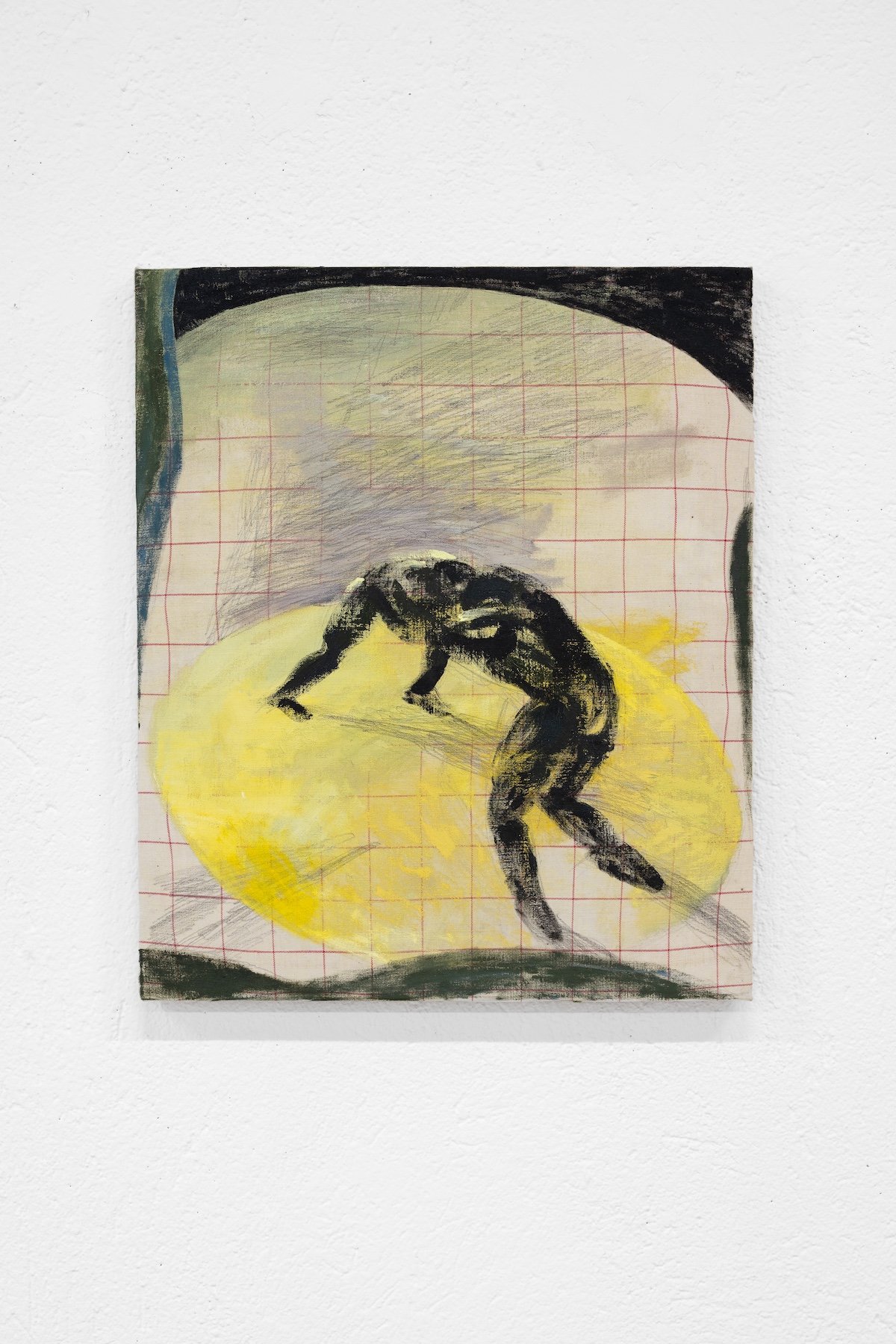
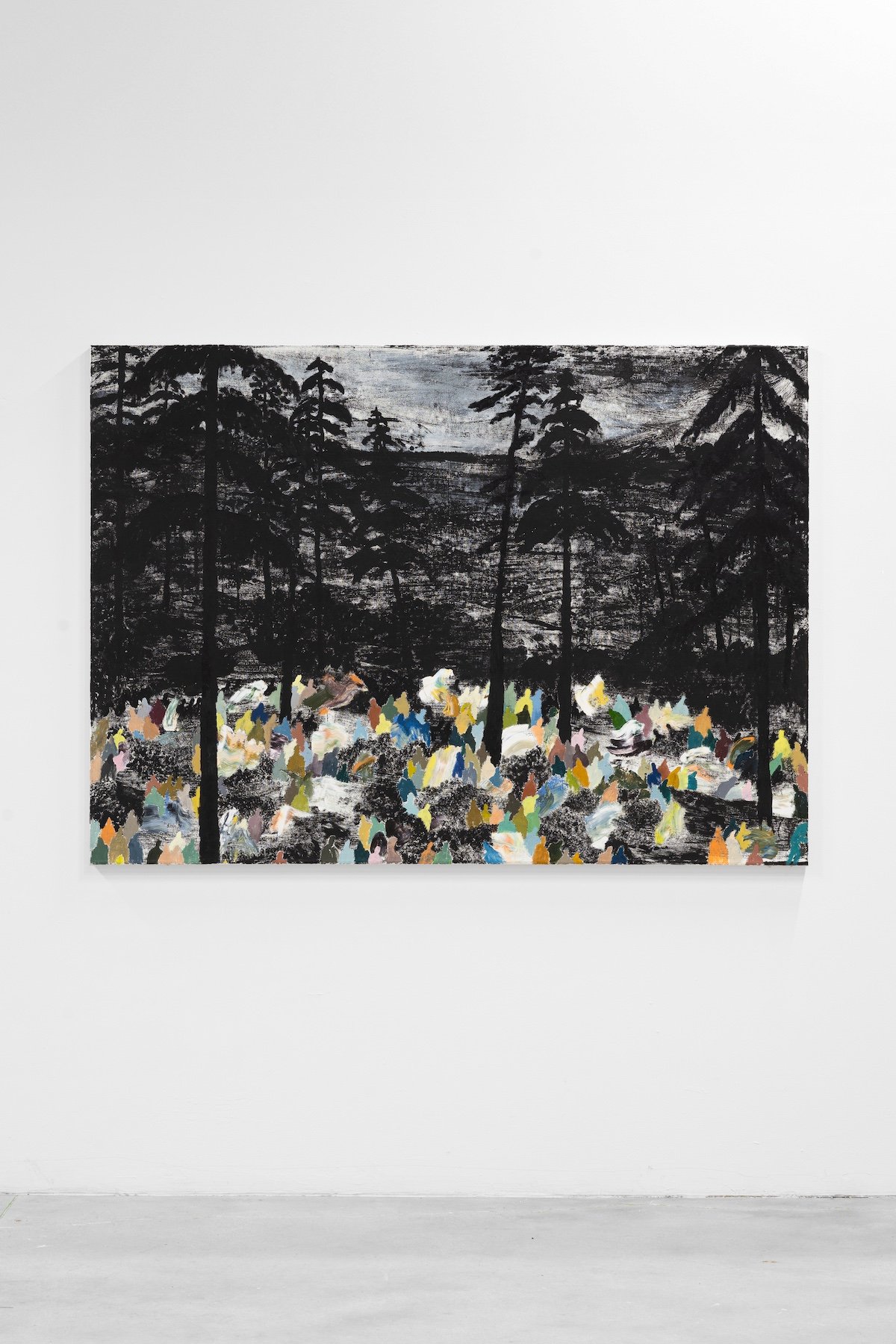
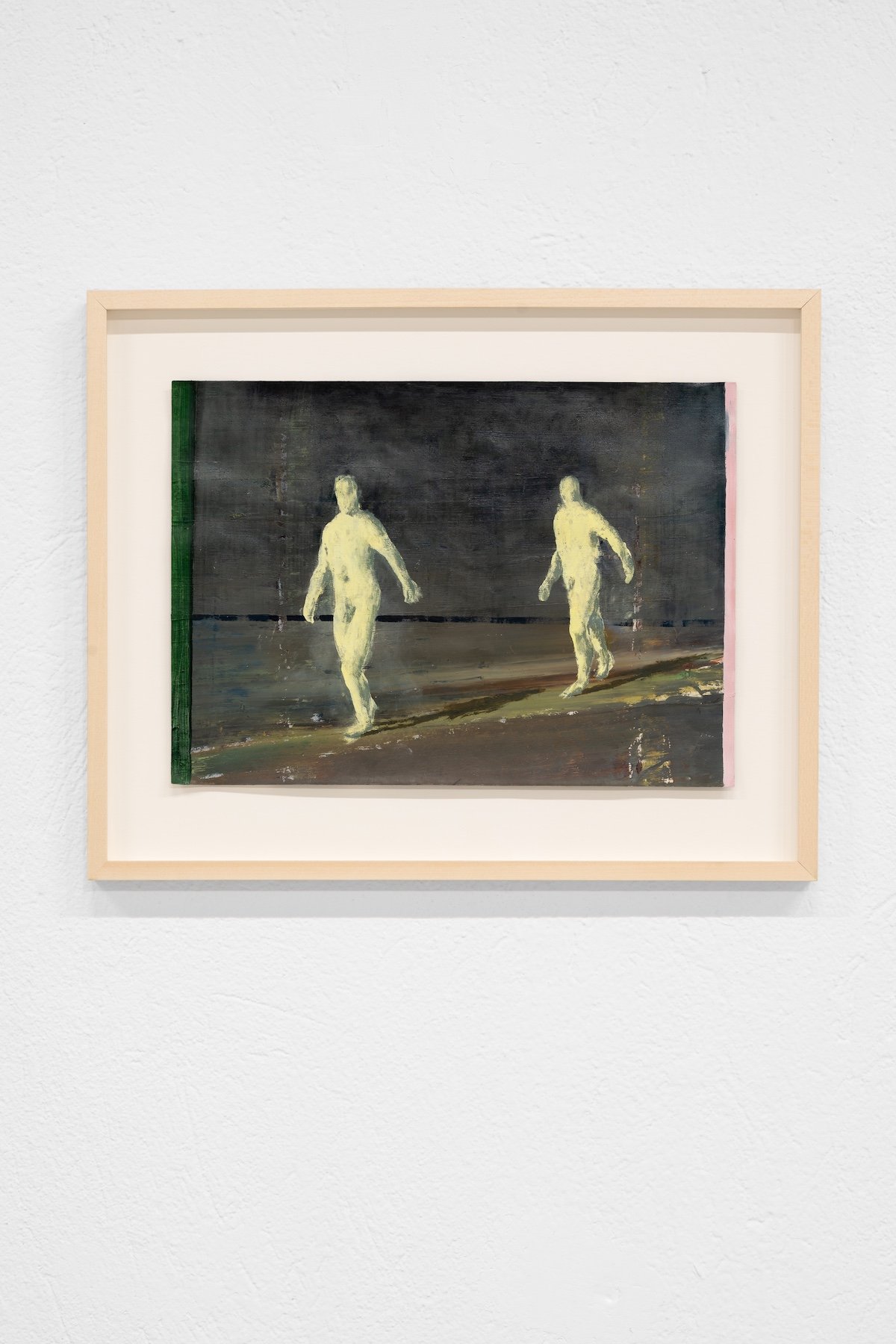
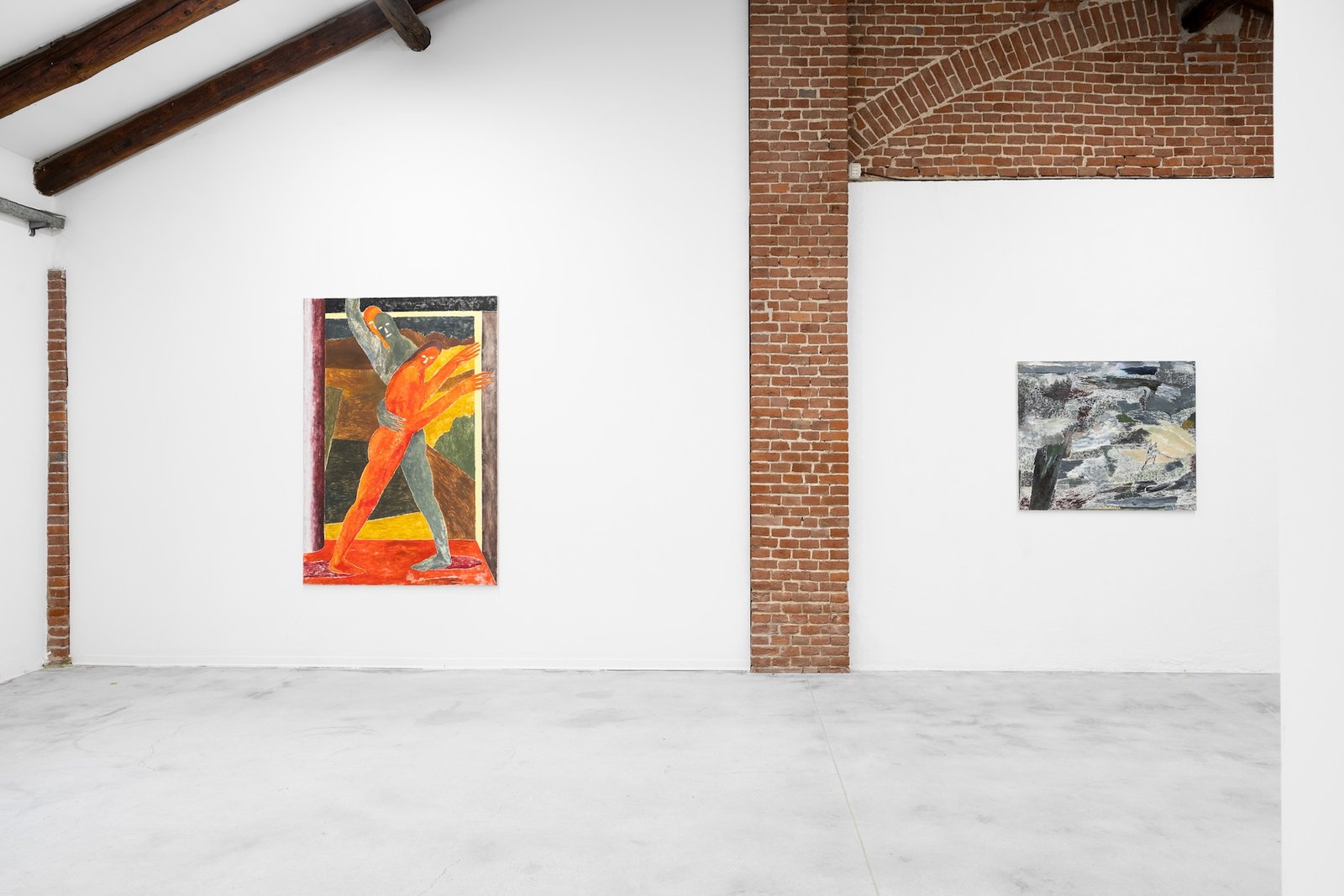
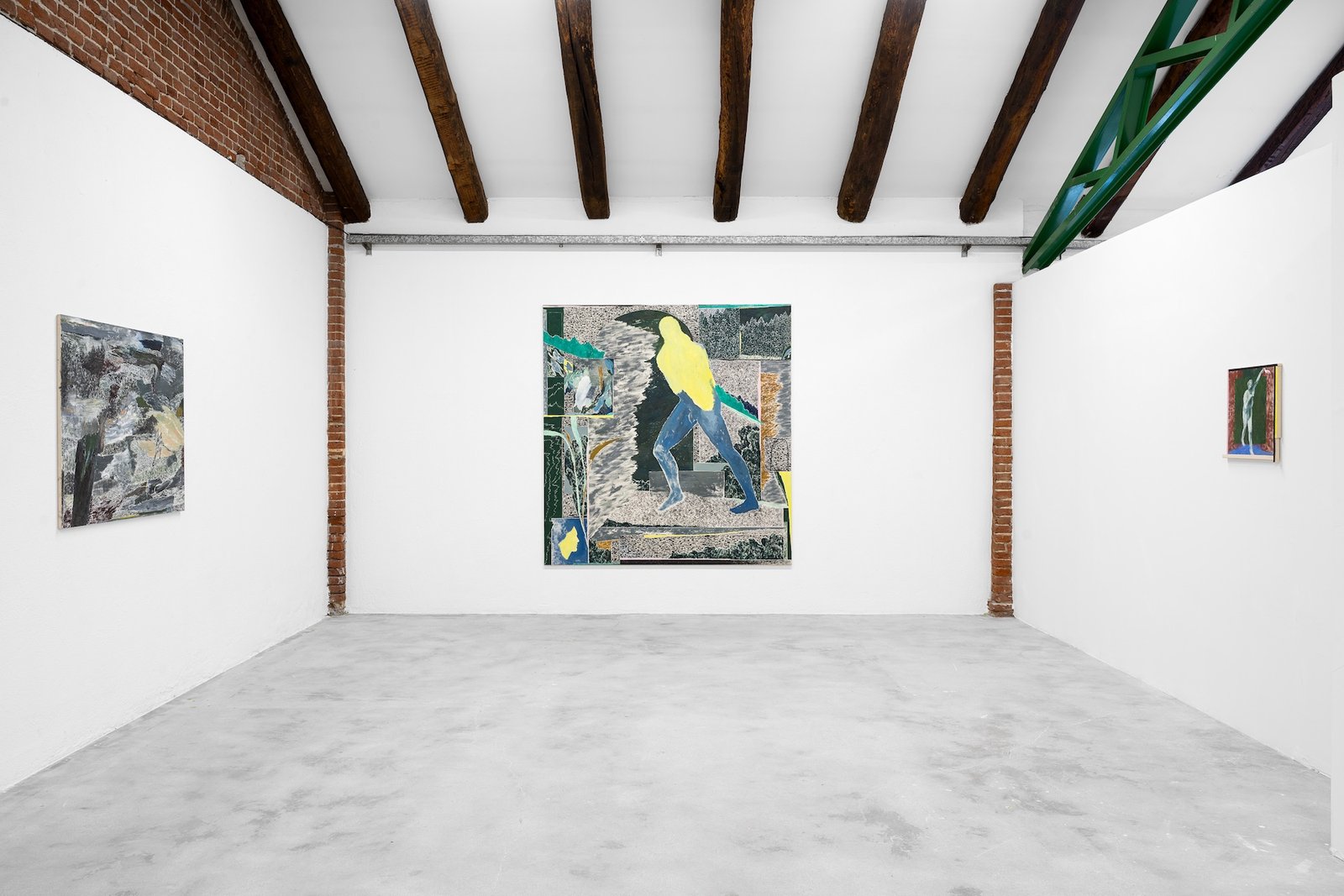
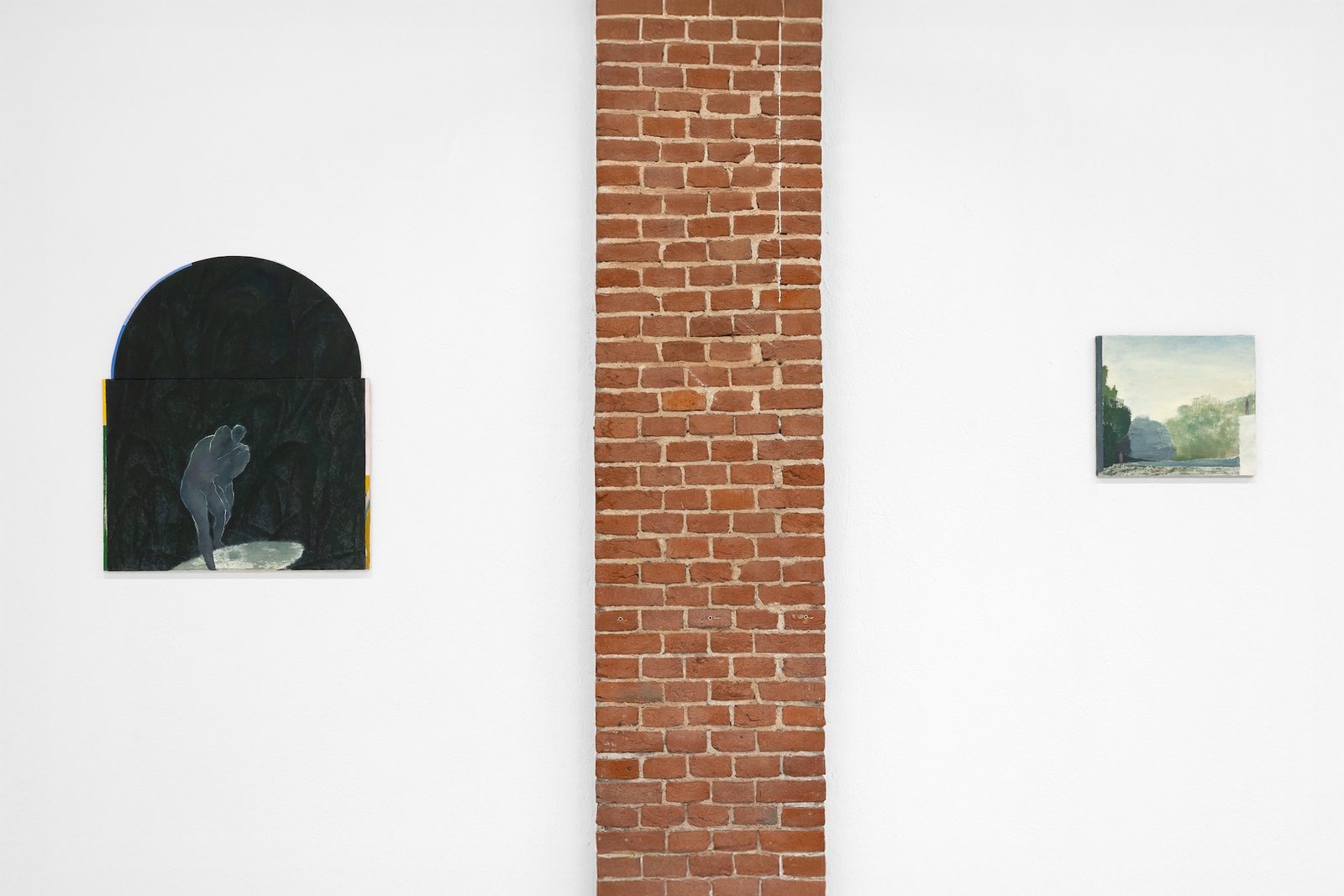
A work must be violent. It must be like a punch
in the gut. Silent but harsh, harsh but silent,
like a fire under the ashes, dark, snarling.
Silence is for me a material for the work, a material.
Silence is a form of eloquence.
A work does not live in silence but within its silence.
(Claudio Parmiggiani, Stella Sangue Spirito, Actes Sud, 2004, p. 108)
In front of Andrea Barzaghi’s paintings I have learnt, over the years, to wait for the work to speak: a whirl, a silence, an abyss, a punch in the stomach.
It is the summer of 2023, it is hot in Milan and the whole of Barzaghi’s house smells of oil paint. Standing in front of Storia degli uomini che decisero di diventare pietra (2023), I remember a certain turmoil, a feeling of being lost between a stab in the stomach and the infinite vanishing points that construct the painting.
I also remember how, weeks later, my thoughts would return obsessively to that painting. “With this work, a path closes”, Barzaghi would tell me. Actually — but we could not yet know this — Storia degli uomini che decisero di diventare pietra would mark the beginning of a new way of painting for him.
The end of the Academy coincides with a radical change in Barzaghi’s painting. From 2015 to 2021, his approach turns into an unending challenge: he tries to forget everything he has learnt, he peristently attempts to destroy in order to rebuild, taking his language to a ground zero, in an relentless chess game between painter and work. These are the years in which the artist explores the borderlands between painting and sculpture, these are the years of incessant experimentation: the goal is the idea of the work that has already revealed itself in the space of the mind.
What follows — and is reflected in this exhibition — is a wavering, sometimes painful production, made up of long pauses and silences alternating with interminable painting sessions. Many works are a vector from a past modus operandi to a present one which finds new freshness and impulsiveness in its failures. It is not an instinct driven by chance but by what the artist calls the ‘demon on his shoulders’.
In the work Ancora senza titolo (2022), Barzaghi represents his daimon: that secret voice of the soul, that call that sometimes sends disturbing messages but which leads him to fulfil his destiny and become what he authentically or, more precisely, possibly is. Behind the silhouette of a male figure, the demon appears over his shoulder. It is his doppelgänger: his twin, his alter-ego, another self, his own image which sometimes seems to stand beside him. Barzaghi now listens to this murmur that motivates and protects him, that invents and repeats with stubborn loyalty: this mystical presence appears once again in Il demone sulle spalle (2025), accompanying the artist along the most tortuous paths of painting-making. Following this intuition and under this new influence, the work opens up “to every variation, to every style, to every object, to infinite multiplicity, not only of reality, but of the subject experiencing it through the thousands of different nuances of its being, infinitely mutable in their becoming”. Barzaghi no longer follows a main road but travels the infinite possible passageways that present themselves to him: he plunges into them, sometimes getting lost. The work does not proceed in a straight line but lingers, oscillates, goes back, finds itself, repeats itselfi . In this movement made up of circles, Barzaghi does not seek an answer as he accepts that art needs no answer but, through the little revelations that the work sometimes gives, he takes notes, he leaves glosses. The painting process is now marked by a struggle between artist and work, which demands the freedom of what happens on the canvas: Barzaghi does not attempt to resolve the ontological dilemma of the painting, but rather contemplates it in its continuous growth towards all the paths taken, even at the end of his own intervention in the work.
The dichotomous element of the frame and its expanded concept (the borders) acquire a value beyond mere decorativism: they are co-protagonists and an indispensable part of the genesis of the painting.
In Amanti (2023) this contrivance closes and marks a boundary between the image and the surrounding space: the viewer’s gaze is thus focused on the painting, making it independent of its context. A window, therefore, a portal to a deep well where the darkest desires lurk, drawing artist and observer almost magnetically towards a contemplative 10 vision of the painting. Index, threshold, limit, focus: in Catwalk (2024) two human or perhaps alien silhouettes drag themselves with heavy steps to the edge of the painting – behind, a lonely wasteland. This pictorial snapshot is enclosed between two vertical bands of colour. Everything around them is empty and they do not know where they are; the lateral boundaries further decontextualise the scenario – the surreal sediment of a limbo.
In Addio (2025), the protagonist’s sense of loneliness and silence is exponentially heightened by the presence of coloured strips of wood, which again delimit the work and take it into a meta-pictorial dimension.
In Lottatori (2024) two figures merge into a humanoid with bestial features, in a position of ambiguous identification: is it a dance? Or a fight? Or an abduction? The composition is framed by black borders reminiscent of a curtain that, when raised or lowered, gives access to the scene and simultaneously closes off the space of representation. In order for these images to show themselves in their fullness of meaning, we have to focus on them: the frame is the stopgap, the title one of the keys to interpretation.
Fences and pools, perimeters and gardens: the limit is not at the edge but within the painting. There are too many paintings on the theme of swimming pools, which from 2015 became a veritable topos in Barzaghi’s painting. The pool as an escape: a gateway to another dimension of the senses, but also the pool as a mysterious, surreal place to explore. Pool as wound, pool as void.
Now these pools become wombs: the perimeter imprisons and simultaneously protects.
In 2022, Carolina Gestri wrote extensively about Andrea Barzaghi’s landscape views and how some of his paintings were completed in parts: now this need to vivisect nature in order to then create snapshots that overlap and mingle, generating new possible universes, culminates in Storia del cammino dell’ermafrodita (2025). A challenging, at first sight repelling work that demands and demands again the time to be observed. One cannot help but be at a loss: what is disorientating is no longer the presence of multiple vanishing points, but rather the innumerable narratives that do not proceed in parallel, but rather intertwine. This representation — and, in it, these — persists and wanders back into the mind, slowly settling until it reveals itself to the eye. We are strangers in these virgin lands, just as the hermaphrodite remains a stranger, a pilgrim to all possible images — even in captivity there is movement and possibility. This impasse reveals a paradox: the more painting is forced into captivity, the more it expands. And, unlike previous research, the struggle for this freedom does not take place outside the edge of the painting but within it.
I do not know what will follow this exhibition: each of the paintings on display is a road that carries its own uniqueness and demands to be experienced as such. Nor do I know whether Storia del cammino dell’ermafrodita (2025) marks an arrival point or an onset of something else to come. Certainly, in its difficulty and obscurity, like never before Barzaghi condenses all of his fifteen years of pictorial research into a single painting, even citing himself. Perhaps it could, one day, be the spark of a future story: story of the wandering painter and his shadow.

